Yardi Matrix: Denver’s Transformation
Once among the leading metros in rent growth, Denver has started to cool off as a result of the heavy development pipeline and issues with affordability.
Once among the leading metros in rent growth, Denver has started to cool off as a result of the heavy development pipeline and issues with affordability. Demand remains strong: young professionals continue to arrive and the economy is producing new jobs, as some losses in the energy sector have been counterbalanced by expansion in finance, biotechnology and pharmaceuticals.
Low-wage jobs dominated employment growth in the past year, with construction regaining its top spot as an economic driver in the metro. Government-sponsored affordable housing projects, such as Mayor Michael Hancock’s “3×5 Challenge,” have weighed heavily in the increase of construction jobs. New development of office space has reached its highest level since the 1980s, as tenants are looking for new construction with high-tech amenities to fill their needs. Denver also benefits from the growing hospitality industry, as Colorado is expected to become a national leader in developing a recreation-based economy.
Average rents in Denver rose by 2 percent year-over-year through October, a considerable deceleration compared to the 10.4 percent growth rate this time last year. However, in the long term, healthy demand, supported by a diverse economy, should drive rent growth to finish the year in the 5 percent range.



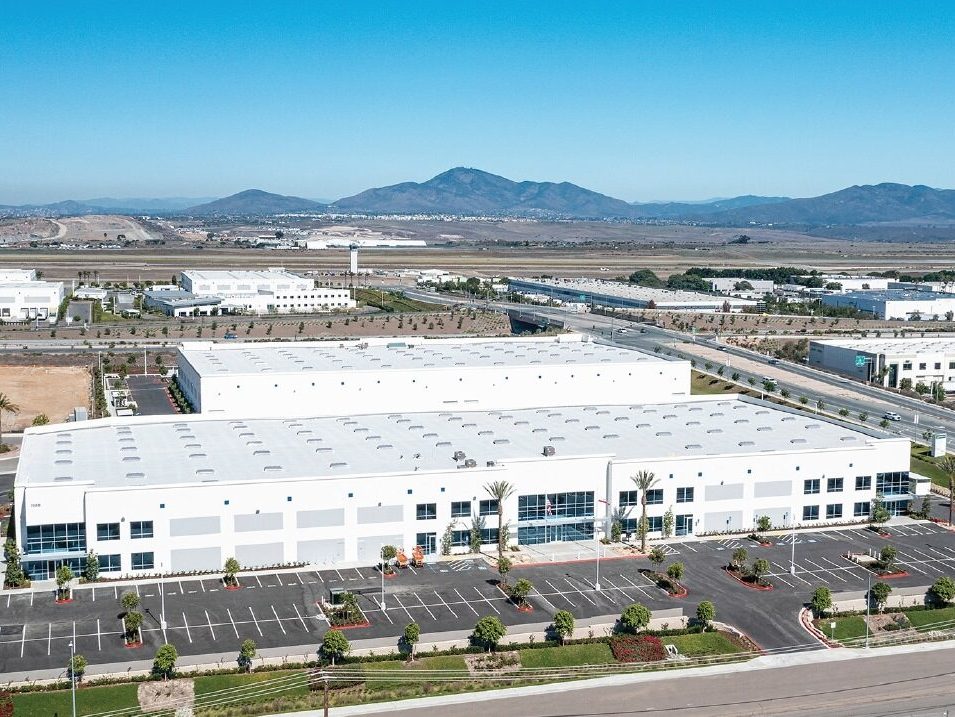
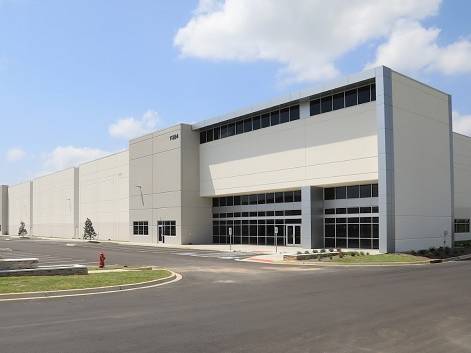
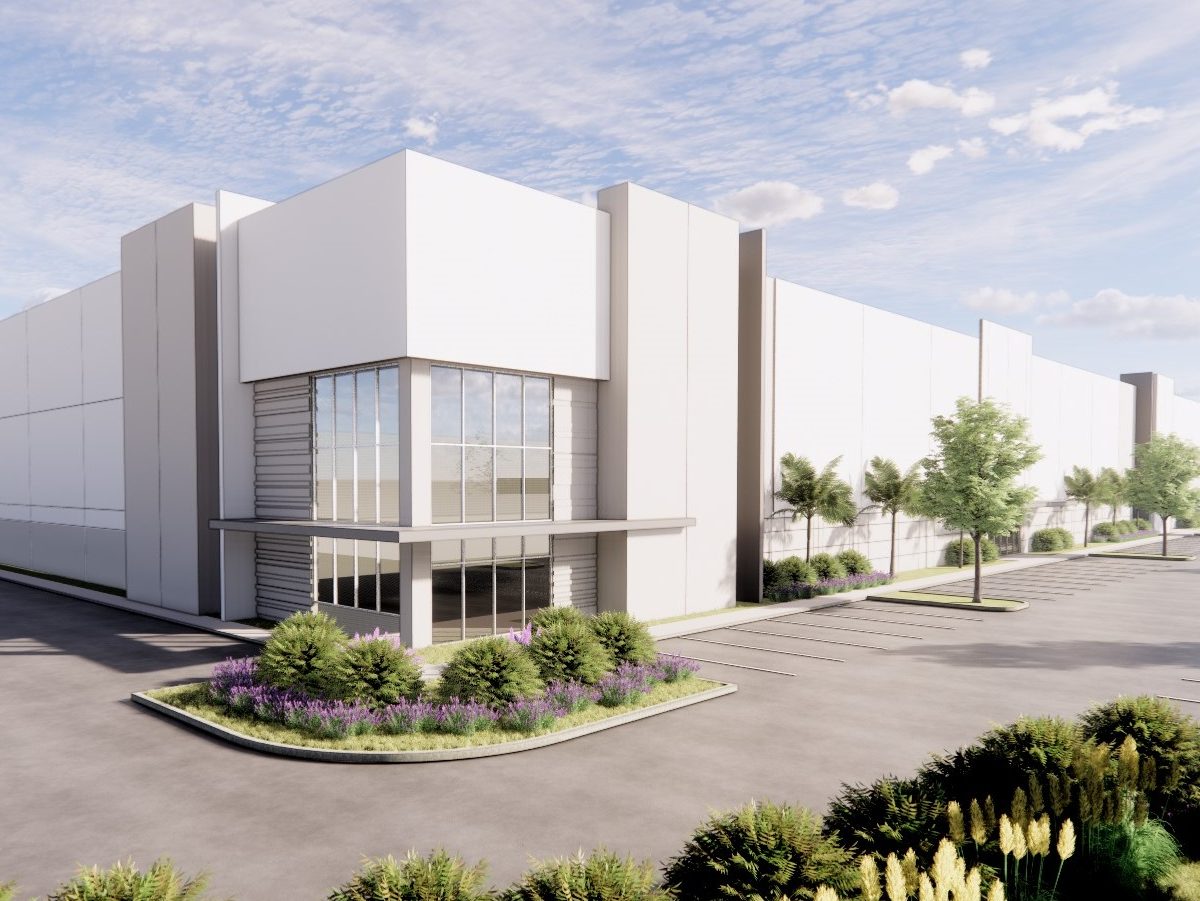
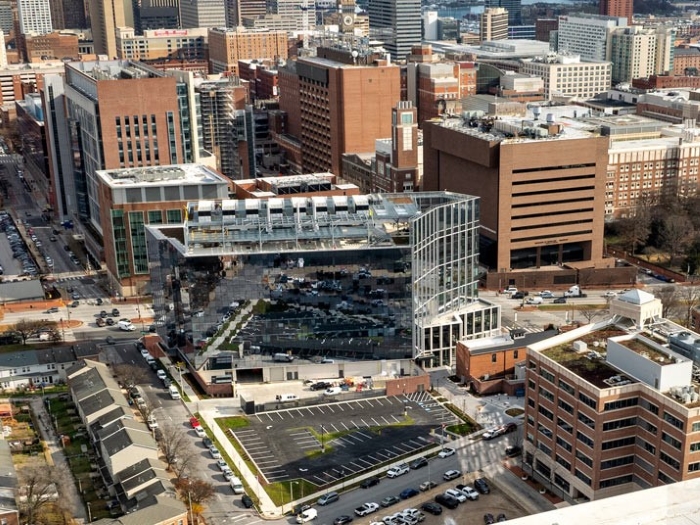
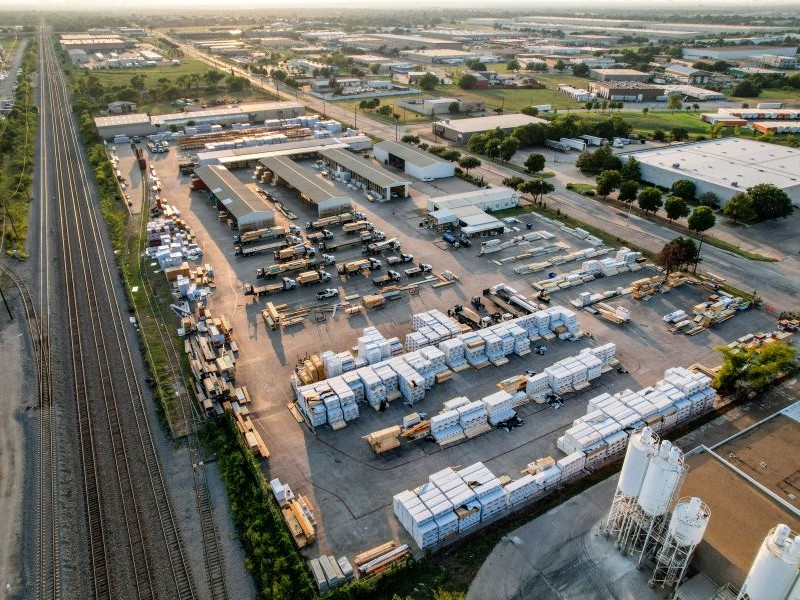
You must be logged in to post a comment.